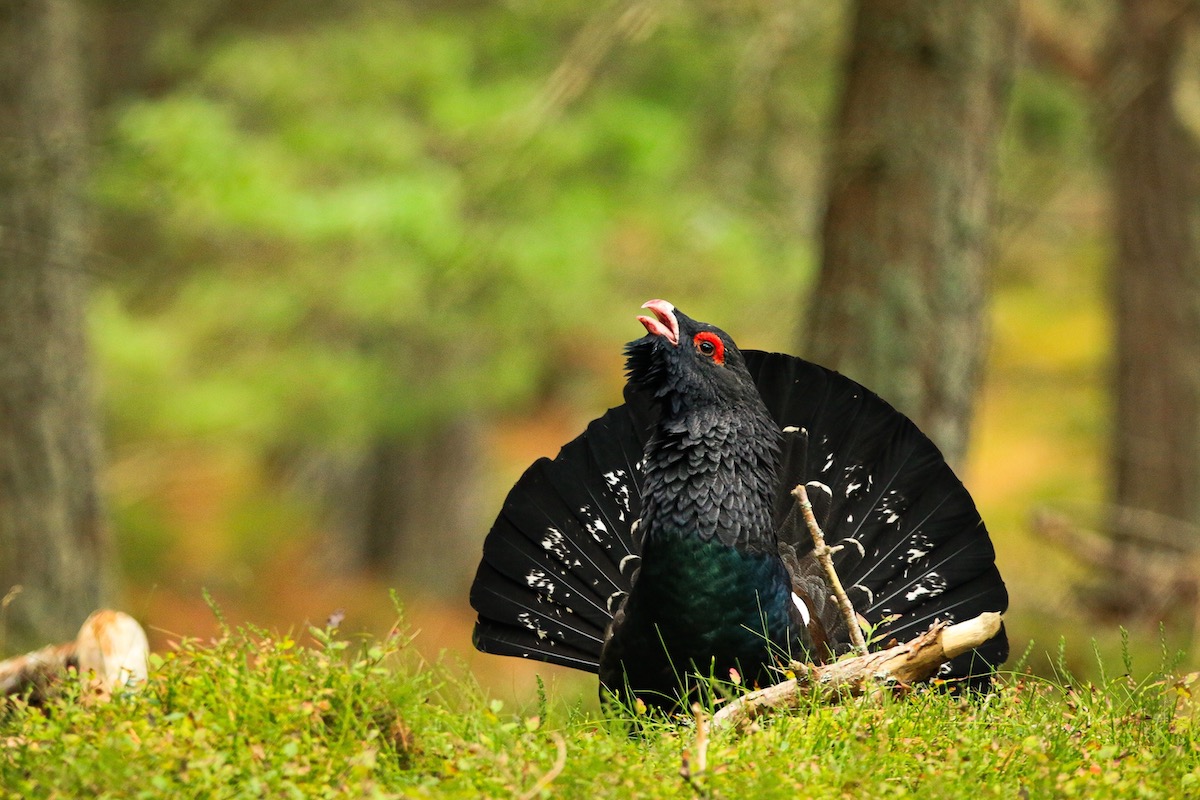Capercaillie faces extinction
Despite the best efforts of conservationists to reverse its decline, the capercaillie is in real danger of extinction

Photograph c.Jude Dinham-Price
A 10-year-long study by the Game and Wildlife Conservation Trust (GWCT) gives a depressing picture of the capercaillie’s future. Numbers in Scotland have nearly halved in the past decade, with as few as 304 birds remaining in 2020, compared to 580 in 2010, despite efforts to help them.
The capercaillie is the largest grouse in the world and was once widespread across Scotland. It became extinct there in the 1780s but was reintroduced in the 1830s. Now it is only found in old pine forests, primarily in the Cairngorms National Park.
Capercaillie are now red-listed and protected in the UK.
Dr David Baines, Head of Uplands Research at GWCT, said: “Declines are associated with a reduction in breeding success, which varies annually in relation to poor weather in June when chicks are growing and increased signs of predators such as pine marten in recent decades.
“This has happened despite efforts by land managers to improve habitat, and legally control foxes and crows.
“To reverse the trend and save the capercaillie from once again dying out in Scotland, we need to take urgent action and conservation measures must be stepped up, including legal predator control, reducing predation risk by pine marten and further reducing the risk of bird collisions with deer fences.”
Deer fences cause deaths
Deer fences, designed to keep deer out of regenerating woodlands, can both injure and kill capercaillie when they fly into them. GWCT research has shown that when these fences are marked, bird collisions can be reduced. Despite this knowledge, many fences dangerous to capercaillie and black grouse remain. and of these many are unmarked.
Dr Baines said: “Fence removal must be an immediate and high priority to help save the capercaillie.”
Brood monitoring
Dr Baines continued: “Given the importance of low breeding success in the current decline and the variety of changing factors that influence annual success, the Trust firmly recommends that the previously comprehensive programme of brood monitoring should be restored to provide more robust estimates of productivity.”








